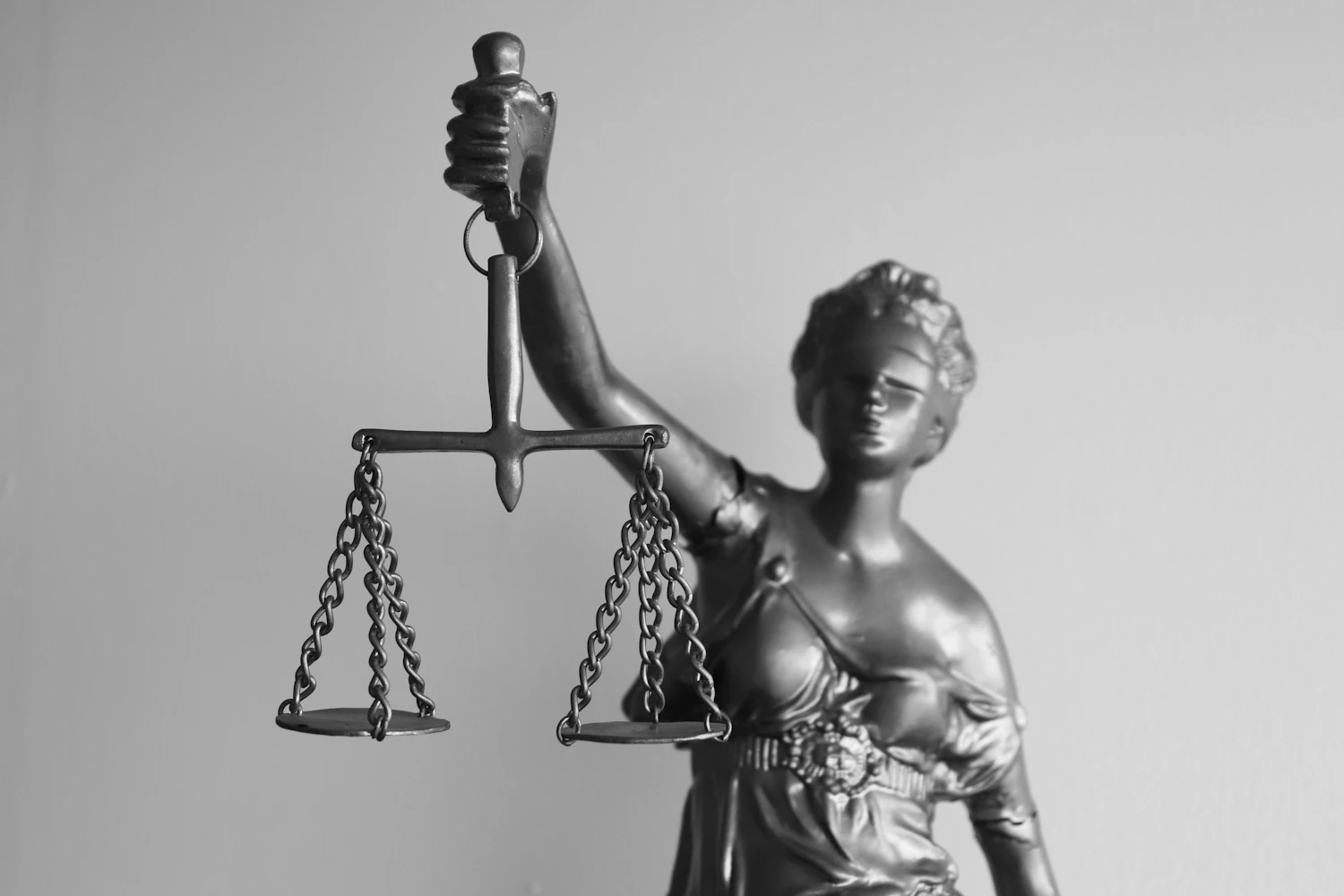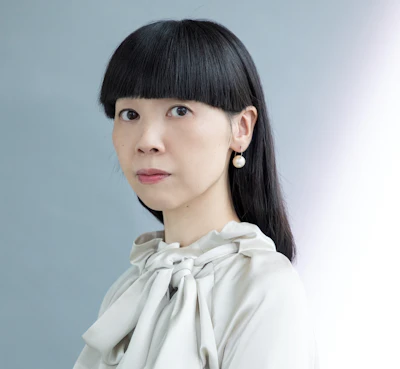Miyuki Ebisawa × Mayuko Yamamoto: What Is 'Imitation' in Fashion Design? Considering Past Court Cases


Attorney (Second Tokyo Bar Association) / Fashion Editor
Mimura Komatsu Law Firm
Engaged deeply in 'Fashion Law,' dealing with legal issues related to fashion, running the legal consultation service for fashion professionals 'fashionlaw.tokyo', and founder of the specialized media mag by fashionlaw.tokyo'. Guest lecturer at Bunka Fashion College, researcher at Fashion Law Institute Japan, member of the Ministry of Economy, Trade and Industry's 'Study Group for Future Fashion' and vice chair of the 'Fashion Law WG'. Since 2022, an external director at Takashimaya Co., Ltd. Numerous publications, interviews, and lectures on Fashion Law.

Gunma University, Faculty of Informatics, Lecturer
Uchida ・ Samejima Law Office, Counsel Attorney
(Part-time Lecturer at Bunka Graduate University of Fashion)
Graduated from Chuo University's Faculty of Policy Studies in March 2009. Completed a Master's program in Law at Hokkaido University in March 2012. Registered as an attorney in December 2013. Joined Uchida ・ Samejima Law Office in January 2014 (current position). Began serving as a part-time lecturer at Bunka Graduate University of Fashion in April 2018 (current position). After withdrawing from the Master's and Doctoral programs at Hokkaido University Graduate School of Law, she joined the Doctoral program in Legal and Political Studies at the University of Tokyo Graduate School of Law and Politics in April 2019 (current position). Since April 2022, she has been in her current position.
The Case of Imitation in Fashion Design Under 'Unfair Competition Prevention Act, Article 2, Paragraph 1, Item 3'
This article is for members only.
Please register to read the rest of the article.
- Read members-only articles
and use text-to-speech. - Unlimited article favourites
and browsing history. - Attend members-only events.
- Get the latest information
with our email newsletter.
RELATED ARTICLES








.jpg?w=400&fm=webp)







.JPG?w=400&fm=webp)

.png?w=400&fm=webp)

